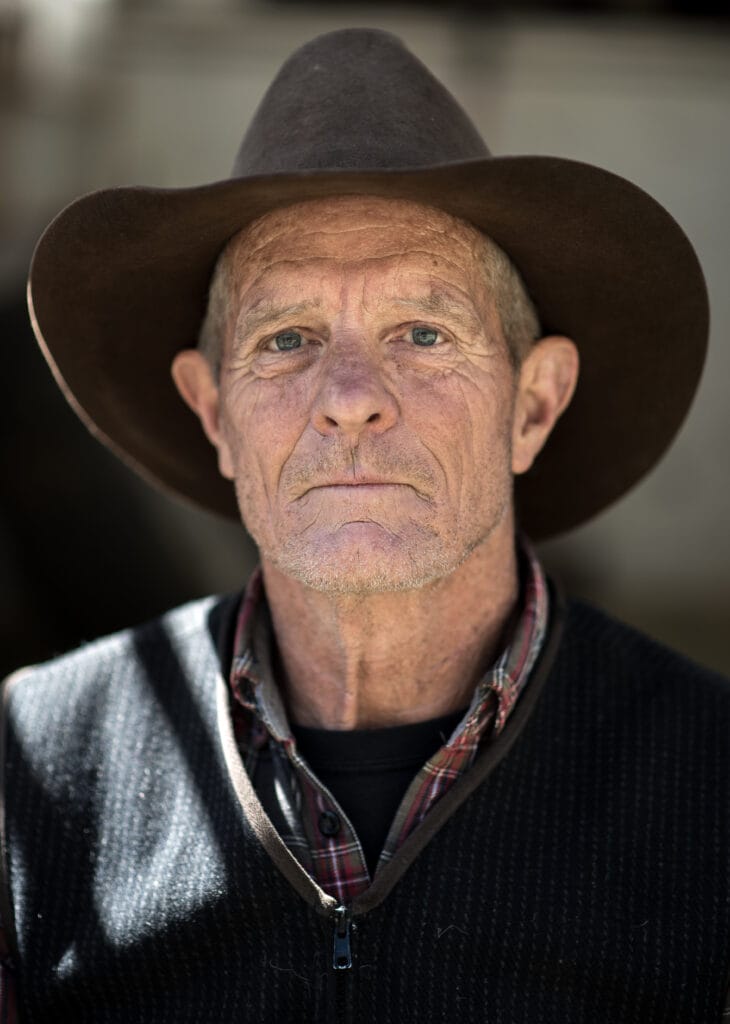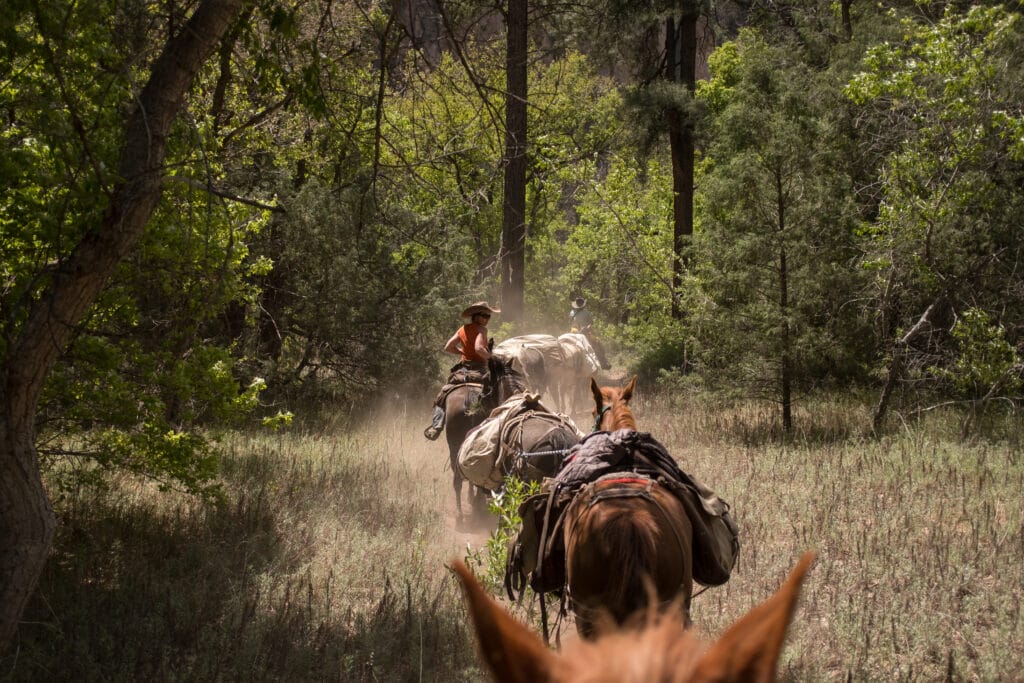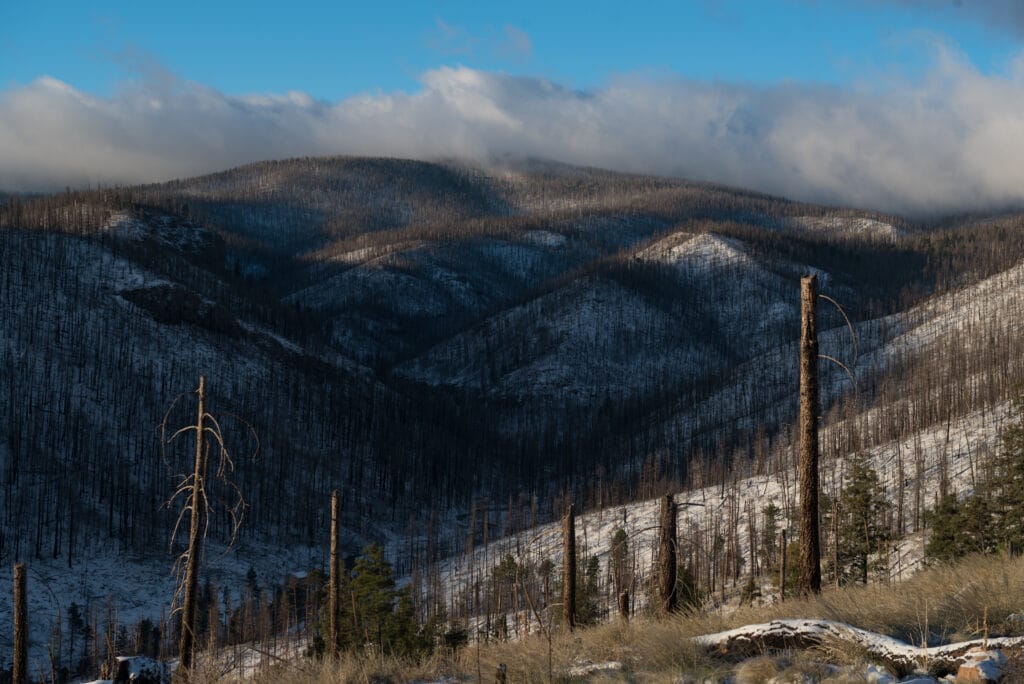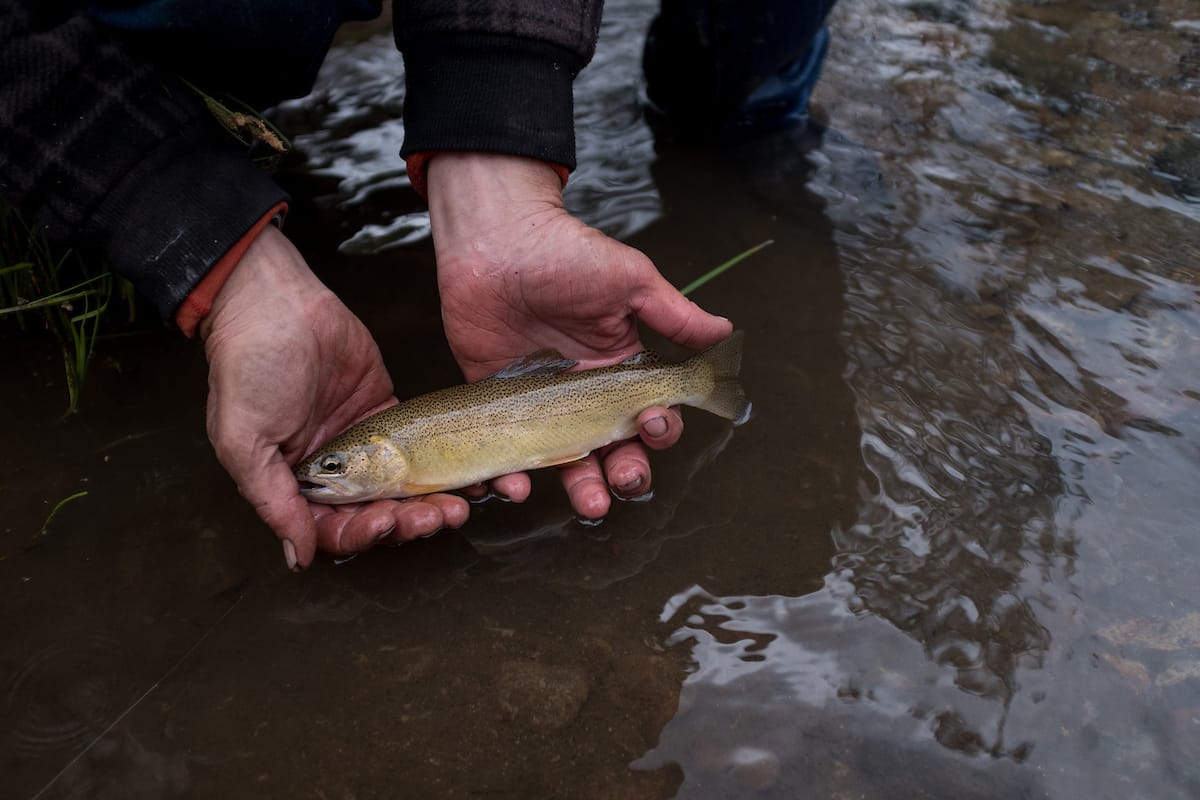TU works with some extremely talented people while developing and completing projects in the field that help make fishing better. We are excited to bring you a series highlighting these contractors. We hire equipment operators, truck drivers, laborers, material suppliers, engineers, technicians and water testing labs. They are unique, talented, humble and some are downright wild, but TU’s contractors are a driving force behind successful projects.
Many of these projects help maintain the livelihood for some of the smaller outfits that are common in rural towns where many of our projects take place.
Today, we are highlighting Jim Brooks, retired U.S. Fish and Wildlife fish biologist and current TU partner helping to restore the Gila Wilderness after some of the largest wildfires in New Mexico’s history.

Jim Brooks is not only a talented character, but he also defines the term “downright wild” referenced above. Over the course of his career in the Gila Wilderness and across New Mexico, he has cheated death more than once, spent years of his life under the stars, survived mule wrecks, fought wildfires, protected native fish and made sure his closest friends did the same.
So, what does he do now that he’s retired? Pretty much the same thing.
“There’s a reason guys like me walk with a limp,” he jokes. “But really I keep coming out here because I saw 25 years of my career go up in flames.”
He’s talking about the infamous Whitewater Baldy Fire in 2012, which at the time was the largest wildfire in New Mexico history and burned nearly 300,000 acres of Gila National Forest, the Gila Wilderness and valuable Gila trout populations, which had seen substantive progress in the preceding few years.
Gila trout are worth saving
As one of the Southwest’s few native trout – and one of the rarest overall – the Gila trout can only be found in select high-elevation areas straddling the New Mexico and Arizona border. After decades of population decline from habitat loss, fires, overfishing and non-native trout competition, the trout was listed as endangered under the Endangered Species Act (ESA) in 1973.
In the years leading up to the new millennium, the U.S. Fish and Wildlife Service worked closely with New Mexico Game and Fish, Arizona Game and Fish, the U.S. Forest Service and universities to restore Gila trout populations. In 2003, these entities and the University of New Mexico formalized the Gila Trout Recovery Plan to build upon these efforts.
Thanks to these efforts’ success, in 2006, the Gila trout was upgraded to threatened under the ESA, and anglers could fish for these trout for the first time in nearly 50 years.
But as fate would have it, the fire hit the heart of Gila trout habitat in 2012, impacting more than half of the existing Gila trout streams and requiring three helicopter-mediated evacuations of unique populations before they were lost to the advancing flames.
Hard work, but someone’s got to do it
Devasted by the losses to the place that helped define his life, Brooks decided to do something about it.
In 2017, he reached out to a group of friends and struck up a plan with Jeff Arterburn, college professor at New Mexico State University and president of the local Gila-Rio Grande Trout Unlimited Chapter. Together, they have supervised the restoration work completed by manual labor (e.g. willow plantings, rock structures, streambank stabilization, etc.) in the Gila through a mix of funds provided by TU, the New Mexico Department of Environment’s River Stewardship Program and the New Mexico Wilderness Alliance.

And the progress is nothing to scoff at. This manual work – required by federal law in wilderness areas – has been similar to, if not more backbreaking than, the mechanized restoration work downstream beyond the Wilderness boundary.
To date, and in conjunction with the next generation of guardians from New Mexico State University, Western New Mexico State University and the local TU chapter, a total of 2,637 willows have been planted along Little Turkey Creek in the Wilderness area to stabilize the stream banks and restore lost habitat. So far, 83 percent of the willow plantings have taken hold and the ones planted in previous years are now blossoming on their own, with new stem growth up to 2 feet long – a promising harbinger for the future. Installing around 100 rock structures also helped to reduce sediment and erosion and slow the flow of Little Turkey Creek to be more conducive to Gila trout habitat.

More work to come
The success of this work also allowed TU to hire a full-time staff member in the region for the first time and led the way for our organization to secure $1.6 million in federal funding from the U.S. Forest Service to expand our work to multiple project sites in the area.
“Jim’s experience and institutional knowledge of how to scale up projects in unison with both state and federal agencies has been fundamental in the effort to restore this watershed,” said Eric Head, Gila trout project manager at TU. “Coupled with Arterburn’s ability to bring students to learn from this group and the other experts they are able to bring to these projects, the future looks bright for everything Gila – trout, Wilderness, River, and Forest.”
“Although the Gila is special to me, it takes more than just one person to keep a place that way,” said Brooks. “Just like I learned from my mentor David Propst, I’m here to pass on my knowledge to the next generation and make sure they understand the work and community it takes for true wilderness to remain.”
And that is why we are proud to list Brooks among our Faces of Restoration.



